Gravestones have been important for Turks ever since they appeared in history in the midst of the steppes of Central Asia. They kept some of their funeral rites and the tradition of marking the burial place of their dead ones with gravestones even after they converted to Islam. While Arabs did not (and still do not) have gravestones, Turks remained loyal to their cultural heritage. During the Ottoman reign, gravestones eventually became an important branch of stonemasonry with some of them being true works of art.
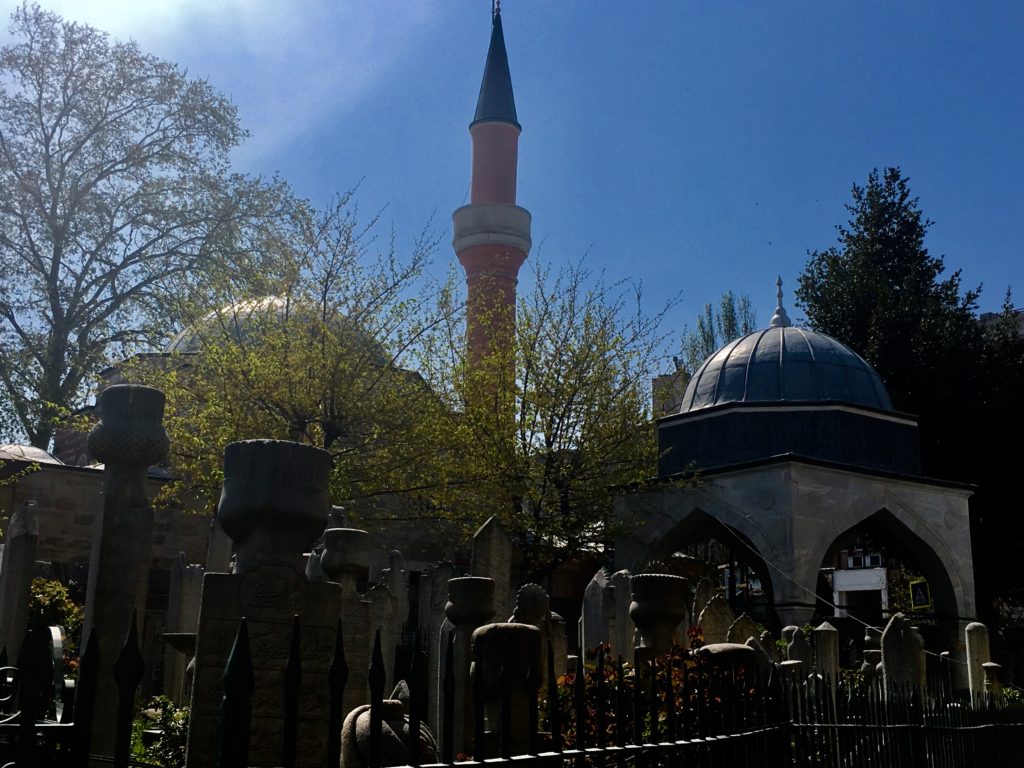
The Ottoman gravestones are full of information about the deceased. Each and every symbol has a meaning. None of the representations are placed on them by chance. By looking at a gravestone, you can understand the person’s sex, occupation, social class, cause of death etc. Of course, there are writings on the gravestones, as well as the signs, that provide this kind of information. However, in Ottoman times the literacy rate was very low due to the difficulty of the Arab alphabet used at the time. That was probably why the symbols were used to give information about the deceased. Today, the writings on the old gravestones are still illegible for the majority of Turks due to the “Alphabet Revolution” on November 1st, 1928. From then on, the Arabic alphabet that had been used for centuries was abandoned and the Latin alphabet was introduced. The idea had been long in discussion among the Ottoman intellectuals since the last quarter the 19th century but it took the courage of the leader of the new Turkish Republic, Atatürk, to make the bold change in just six months. Therefore, the images on the Ottoman gravestones are still useful in revealing details about the departed souls.
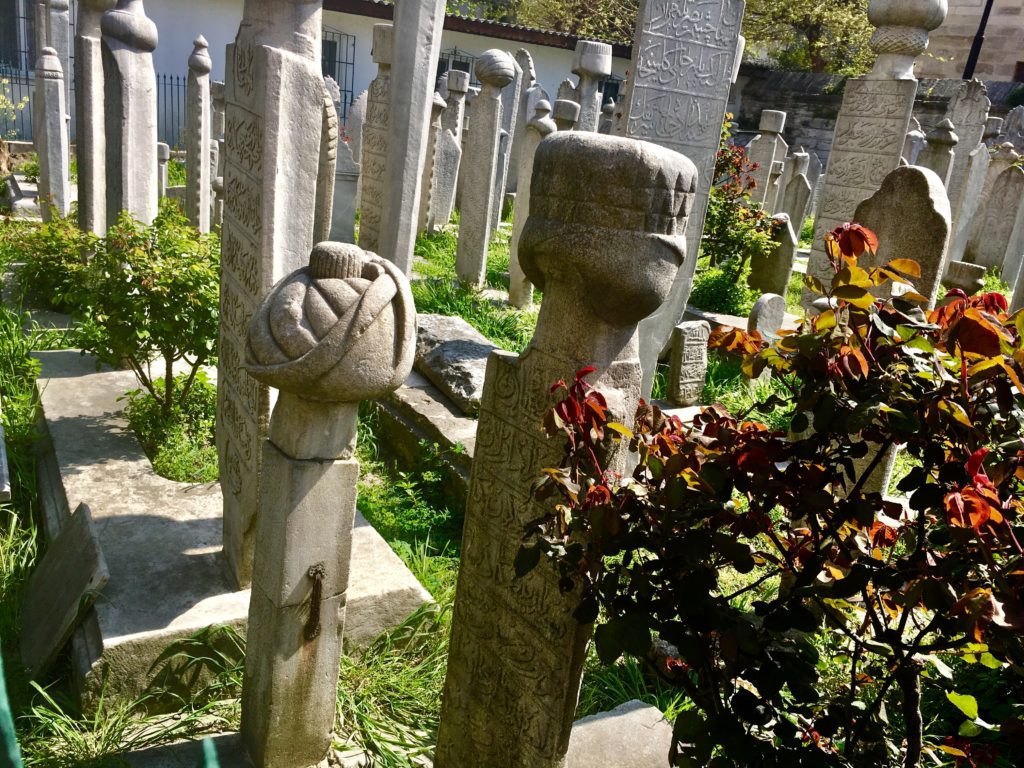
Ottomans had the habit of keeping their dead ones close to them. In every district there were cemeteries that were right in the middle of everyday life. There were no high walls around them. This was mainly to remind people that life is ephemeral. Another reason was so that those who were passing by would say a prayer for the dead, even if they did not know them in person. That is why graveyards were on the way to the bazaars, markets, Turkish baths and on the premises of the mosques.
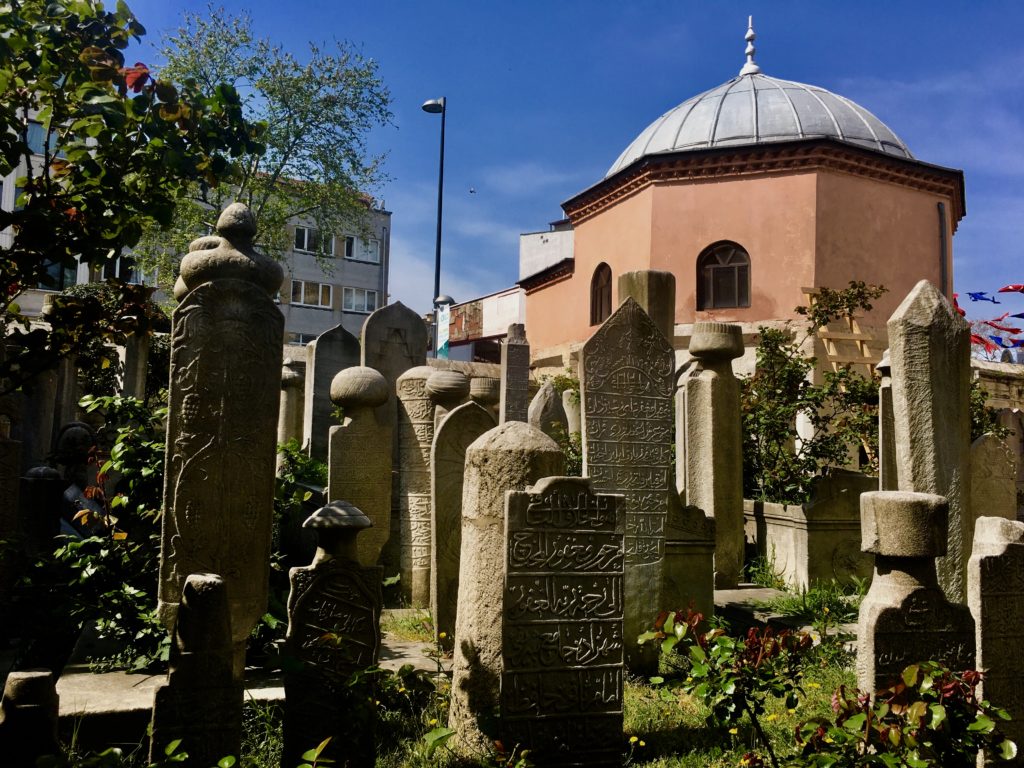
Tombstones of the Ottoman Royal family and the statesmen high up in the state hierarchy were always commissioned by the Palace, eventually creating a set of strict aesthetic and symbolic rules. These rules were also conformed to by rich Ottoman families, civil servants and members of the military.
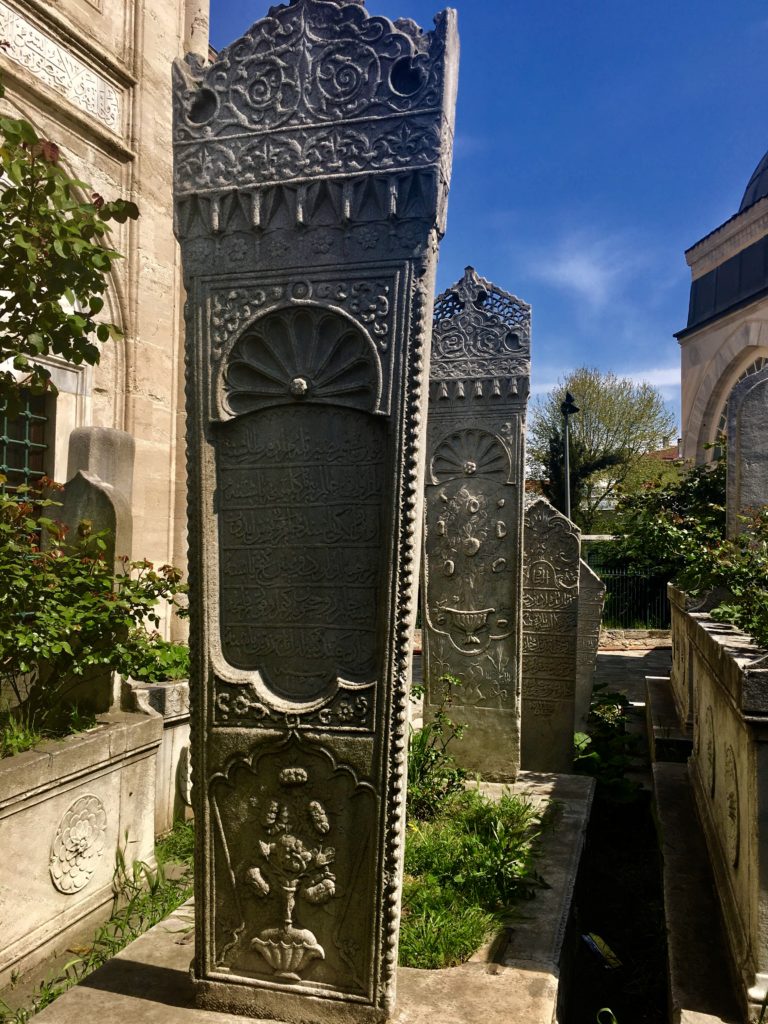
The inscriptions on a typical Ottoman headstone start with the statement that Allah (God) is the only creator, followed by verses from the Koran and hadiths, then the identity of the deceased, date of death, some advices to the visitors and a plea for a blessing and a prayer. As for the symbols, they have a language of their own.
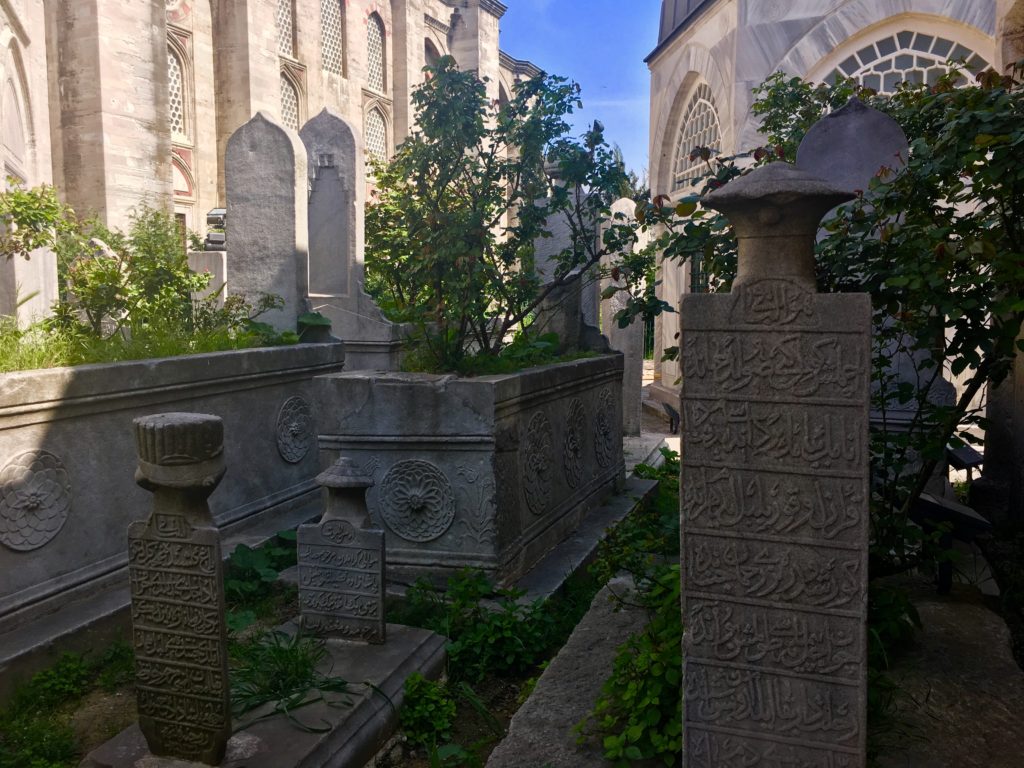
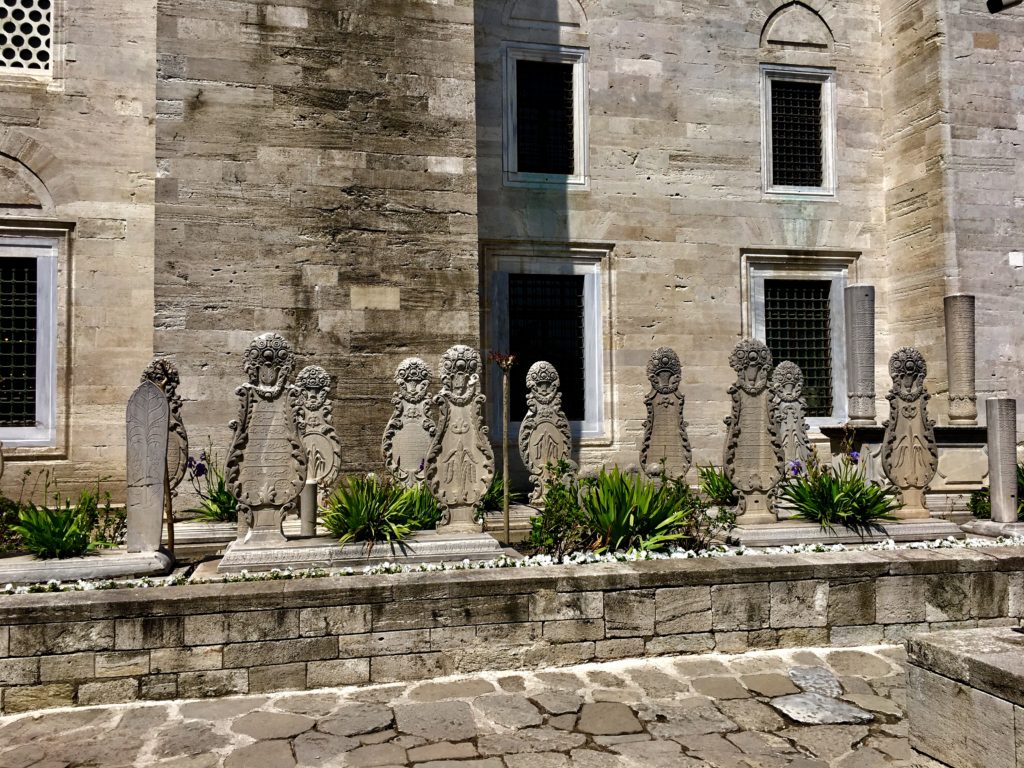
The headstones that were lavishly decorated with flowers generally belonged to females. Female accessories such as earrings, brooches and necklaces were often used too. Starting from the 19th century, decorated headstones were also used for males, in addition to their own specific symbols. Certain flowers and plants had special meanings. Here are some of them. Tulips were regarded as holy flowers by the Ottomans because the Ebced (Chronogram) value of Allah (God) and Lale (tulip) both added up to the number 66. (If you would like to read more about tulips, you can read the post Tulip Time in Istanbul). A tulip on a gravestone denoted the unity of Allah. An upside down tulip stood for a girl who died without getting married. A rose was a symbol for the love of the Prophet Mohammed but, an upside down and plucked rosebud at the foot of the grave meant that the lady had died very young. A cypress tree stood for succumbing to one’s fate and to God while a cypress tree inside another one meant that a woman died at child birth and the baby was a girl. Grapes denoted richness and abundance. A dagger stood for someone who was either murdered or who died from an epidemic at a very young age. Date trees denoted rising to paradise, Tree of Life meant that the deceased belonged to an aristocratic family. With the Wheel of Fortune, it was understood that the person had lived in agony. Star of David indicated calling God by his most beautiful name, a mosque that the deceased was pious and a lantern that the person may rest amidst light in his grave.
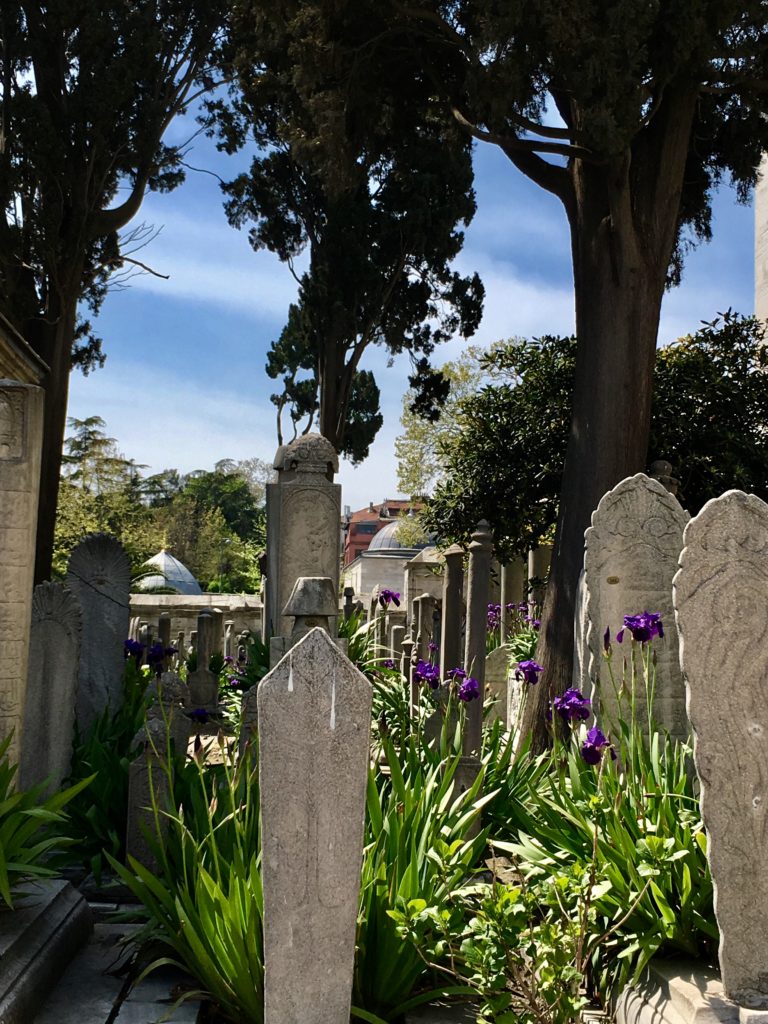
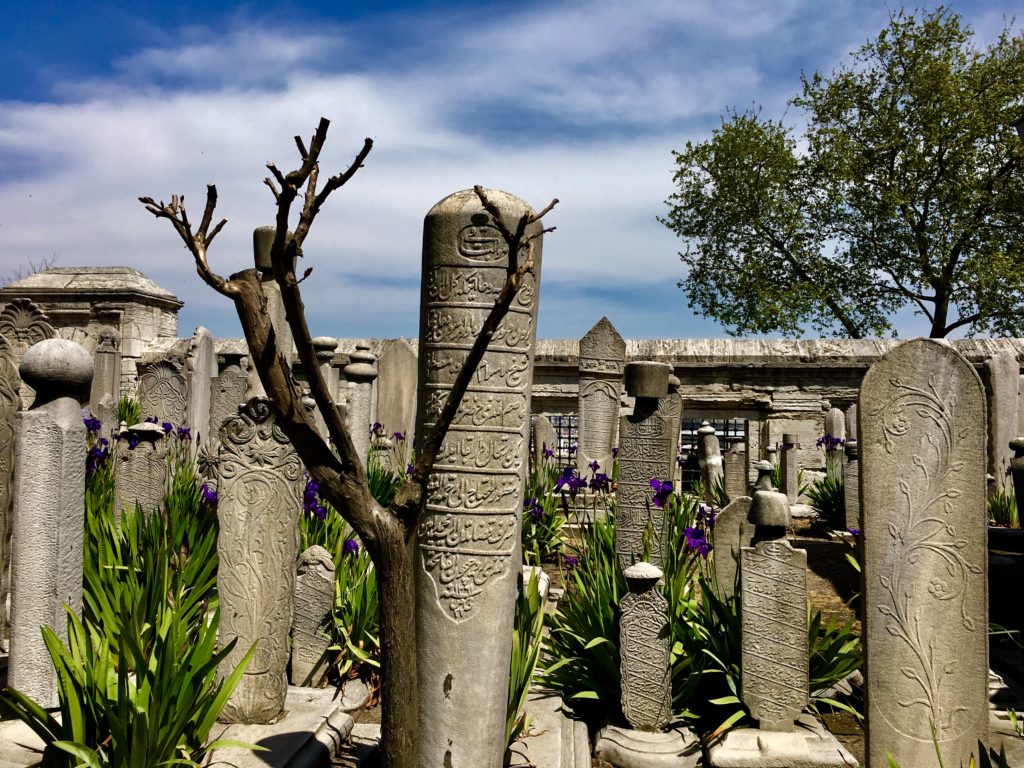
Men’s tombstones, in addition to some of the above symbols that were applicable to them, were mainly decorated with headgear that bespoke of their professions and ranks. Under the Western influence as of the 18th century, professional symbols and statue like representations appeared on gravestones as well. For example, swords, cannons and pistols denoted officers, anchors stood for sailors and the Ottoman crest signified a civil servant high up in the hierarchy.
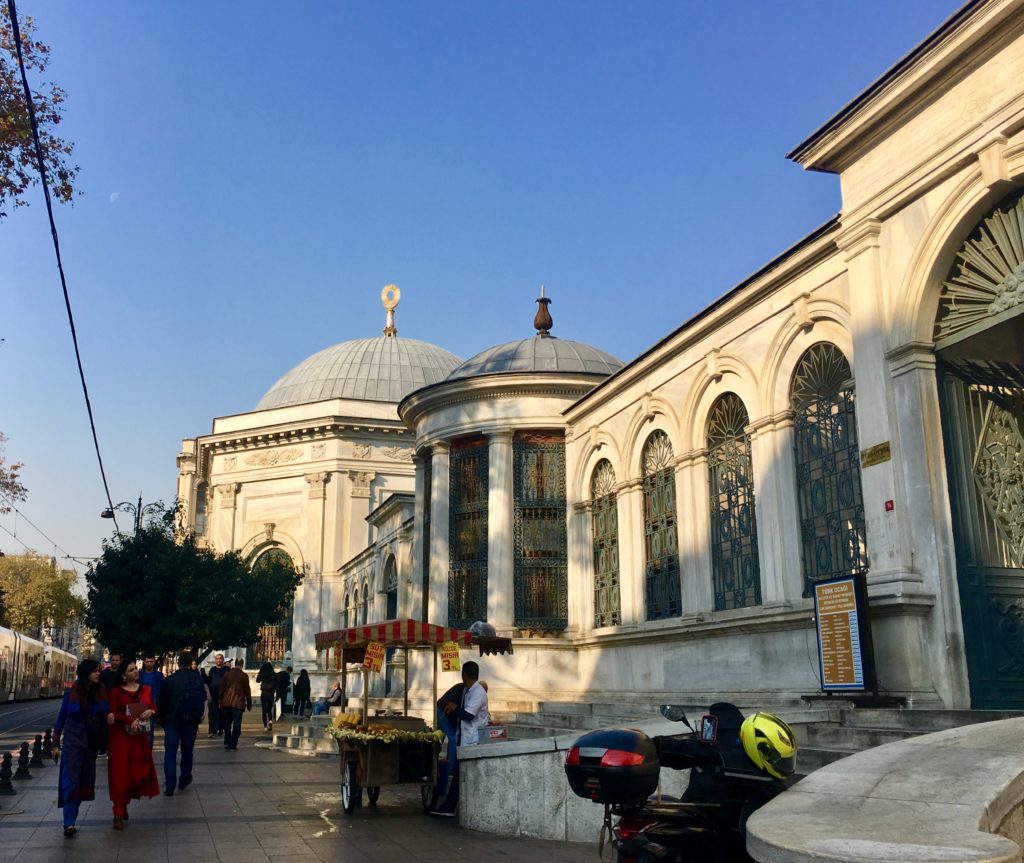
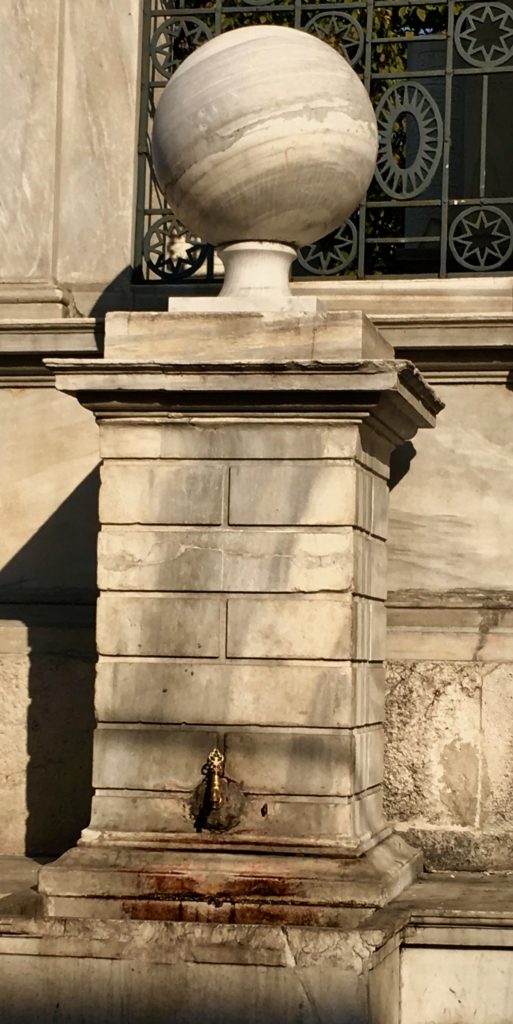
Most Ottoman graveyards, especially those who were not on the premises of historical mosques, have unfortunately been destroyed by the hectic urbanisation that Istanbul went through over the centuries. One of those rare ones that have survived is on a route that tourists most likely tread on their way from the Sultanahmet Square to Çemberlitaş, where stands the Column of Constantine (a.k.a. Burnt Column). This avenue, which has an history that dates back to East Roman Constantinople, is called Divanyolu. On the right hand side of this avenue, there is an elegant complex of buildings. This is the Mausoleum of Sultan Mahmut II. The complex, which tourists generally pass by unknowingly, consists of the mausoleum, the muvakkithane (Timing Room, a place where time is measured to determine the times of prayer accurately) and a resting room for the Sultans who visited the mausoleum. The elegant mausoleum is important in itself. However, the garden may be considered even more interesting because, here there is a cemetery with beautiful and extraordinary Ottoman tombstones.
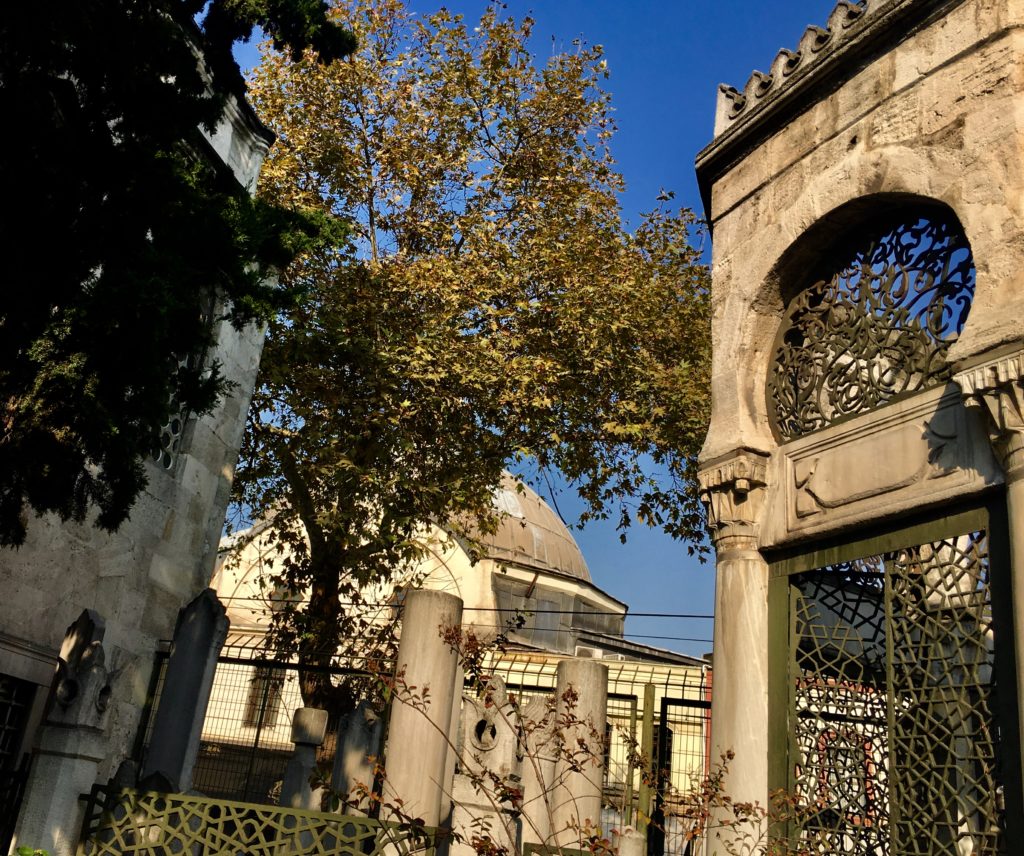
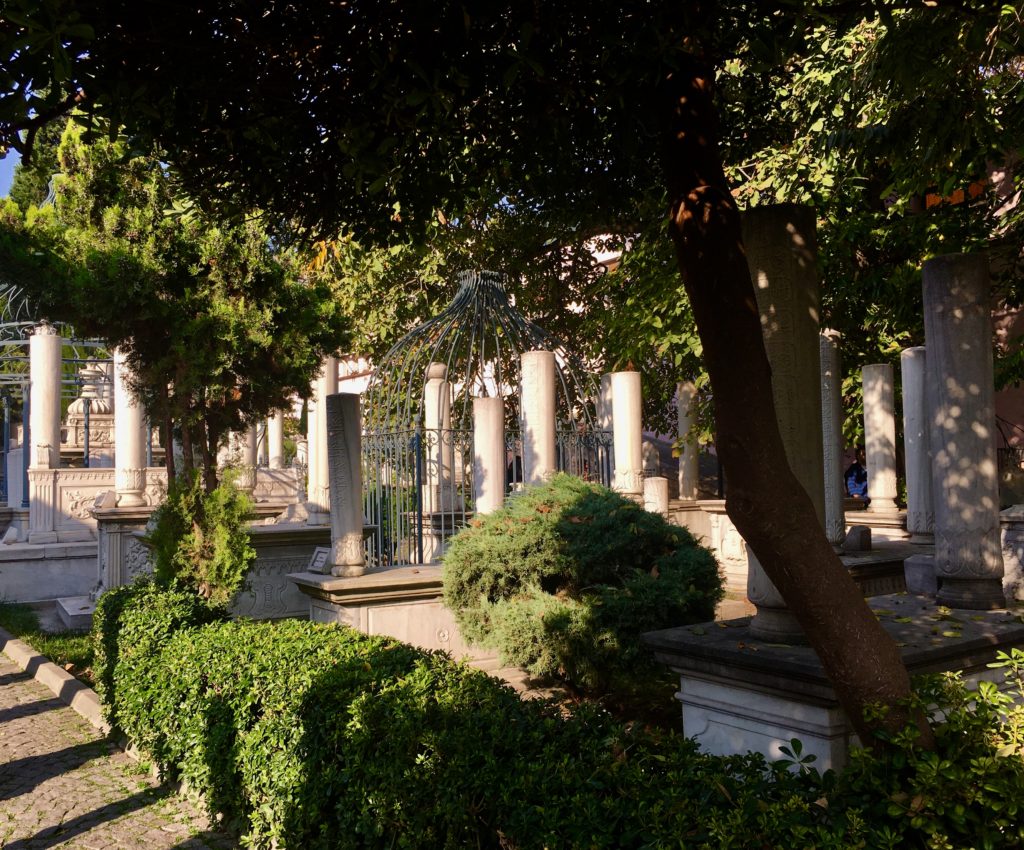
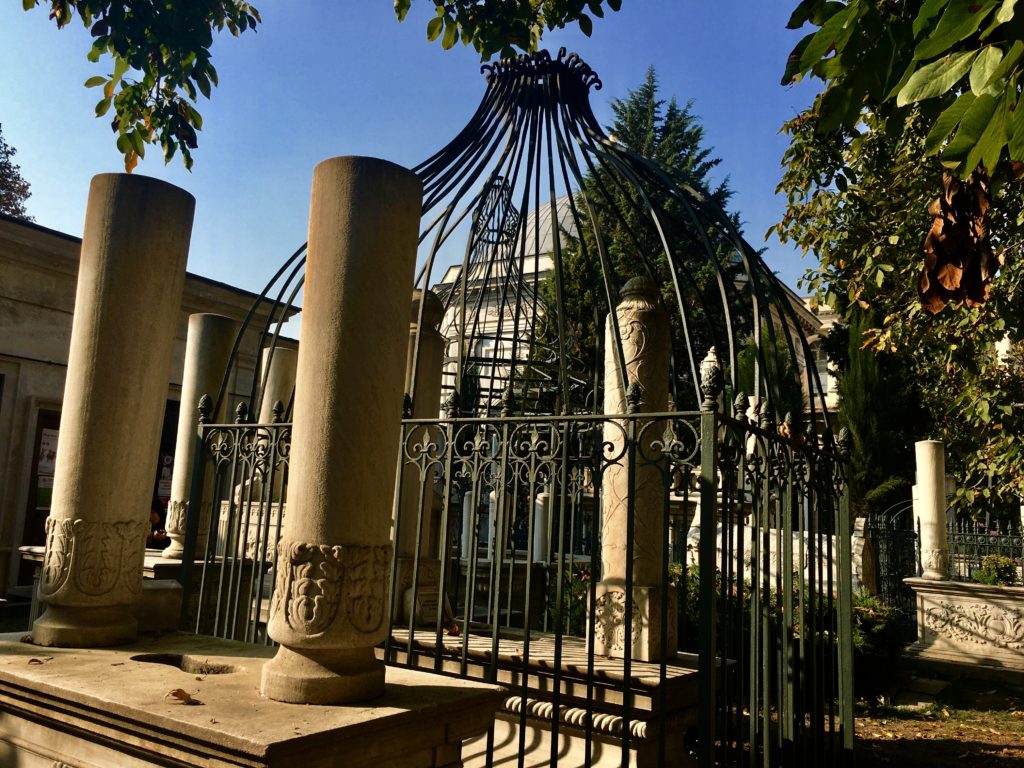
There are two gates, both opening to the main avenue, that provide access to the grounds of the mausoleum. The mausoleum of Sultan Mahmut II is on the left. The architects of the complex are two Armenian Ottoman architect brothers, Ohannes Dadyan and Bogos Dadyan. It is the last big mausoleum for a Sultan that was built in Ottoman times and, unlike the other Sultan mausoleums, it is not on the premises of a mosque or a medrese (madrasah). The mausoleum was commissioned by Sultan Abdülmecit in 1839, when he ascended the throne, for his late father Sultan Mahmut II. The importance of Sultan Mahmut II and his two succeeding Sultan sons in the Westernisation of the Ottoman State was mentioned in the post, The Ottoman Imperial Painting Collection.
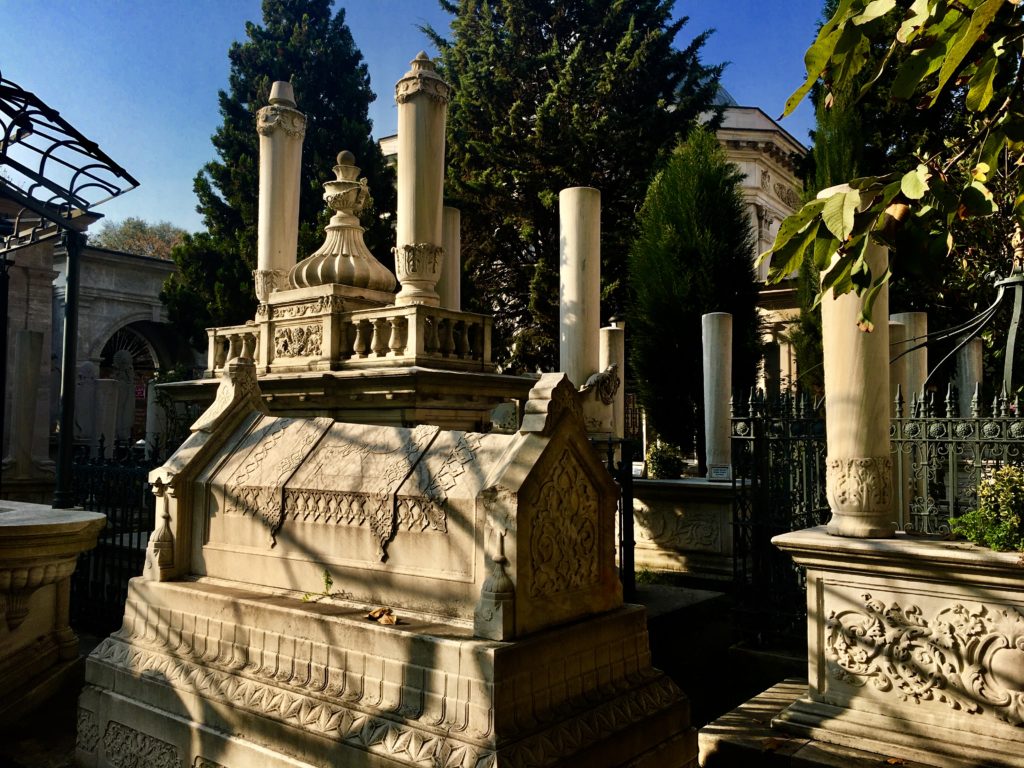
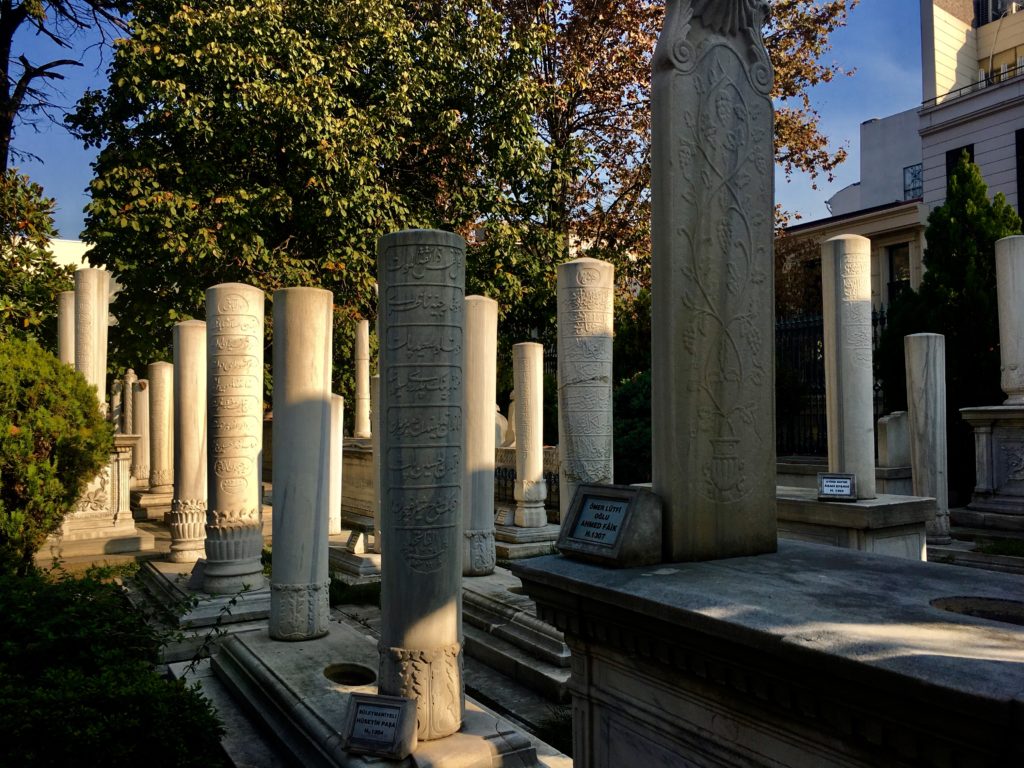
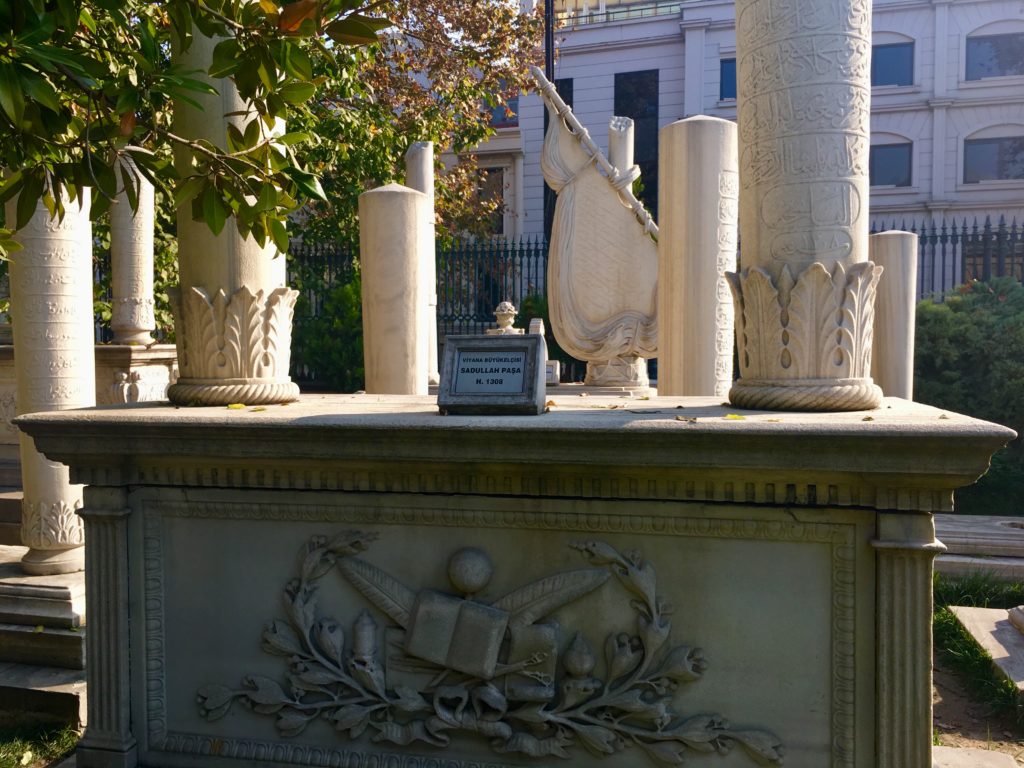
The land on which the complex stands was donated by the beloved sister of Mahmut II, Esma Sultan, who had a mansion there at the time. (Please note that, the word Sultan which is used for the ruler of the Ottoman realm is also used for the female members of the Royal Ottoman Family. However, it must be placed after the name of the female member of the royal family.) The inauguration of the tomb took place on November 11th, 1840. The architecture of the whole complex and the mausoleum is clearly under Western influence. A message in itself relating to the determination of this Sultan and his son to modernise the country. The octagonal mausoleum that is reached by a few steps has an impressively decorated dome. The crystal chandelier that hangs from the ceiling was sent by Queen Victoria of the United Kingdom. The gilded clocks that are on both sides of the entrance were the presents of the French Emperor Napoleon III. Inside the mausoleum there are 18 cists, three of which belong to Sultan Mahmut II, his son Sultan Abdülaziz and his grandson Sultan Abdülhamit II. The practice of burying succeeding Sultans in the mausoleums of their ancestors was a common practice among the Ottoman royalty.
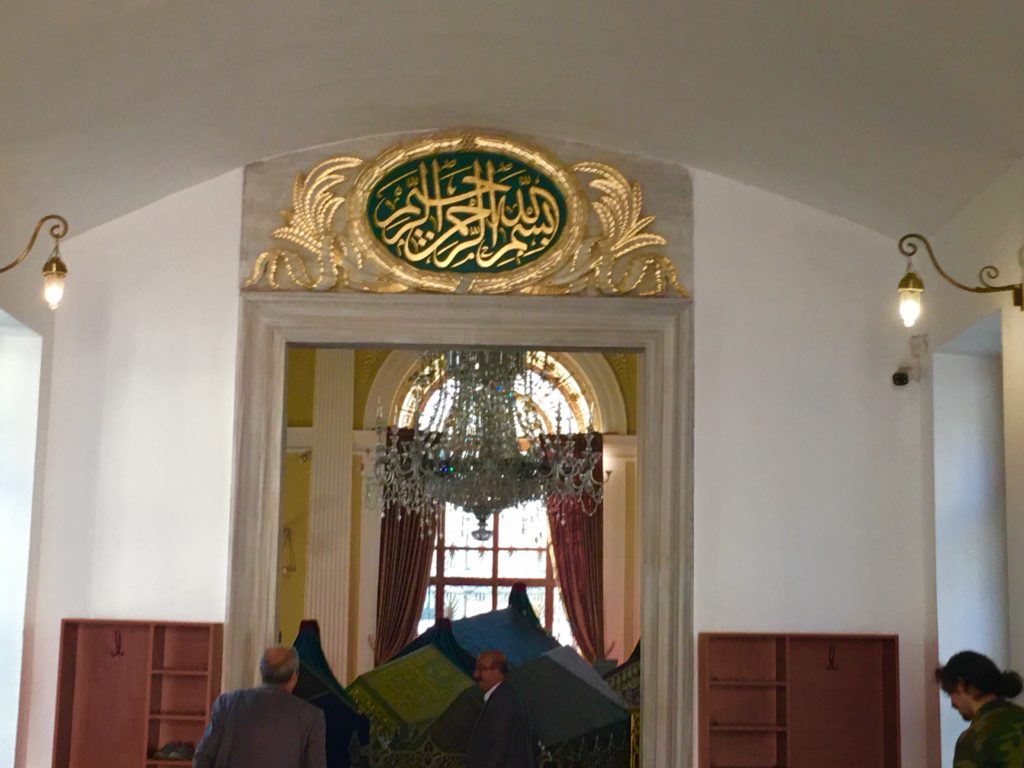
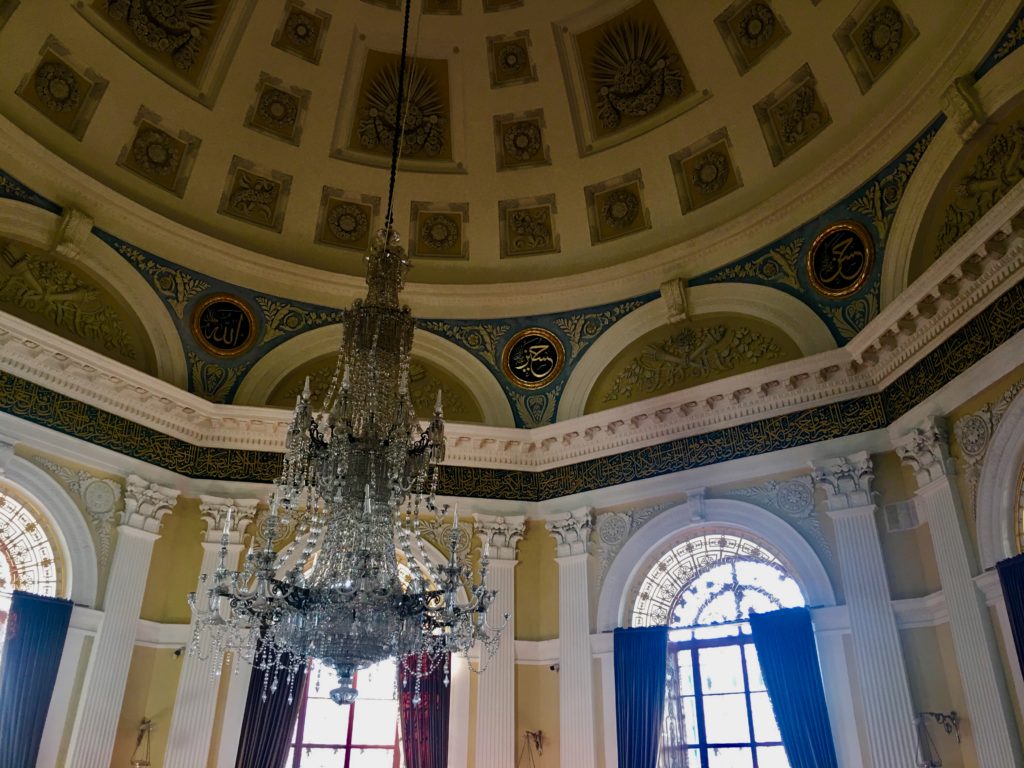
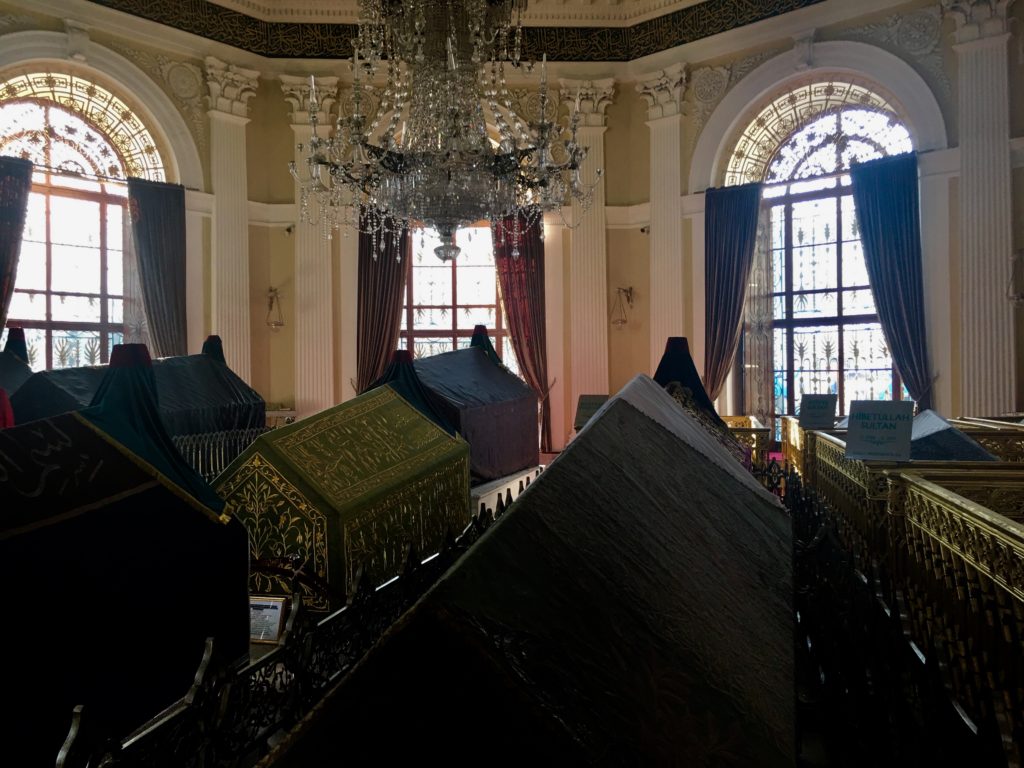
In 1861, the garden of the mausoleum was transformed into a cemetery. From then on, statesmen, members of important families, authors and poets were buried here. Among the around 150 buried people there are some who would never have stood side by side in their life time. Reformists and even rebels together with the most pious and conservative members of the Ottoman State and bureaucracy. Laid down next to each other. The last Ottoman şehzade (Prince) who was born in the Ottoman Palace, Osman Ertuğrul Efendi, was also buried in this cemetery in 2009. He died in New York where he had been living in exile for decades.
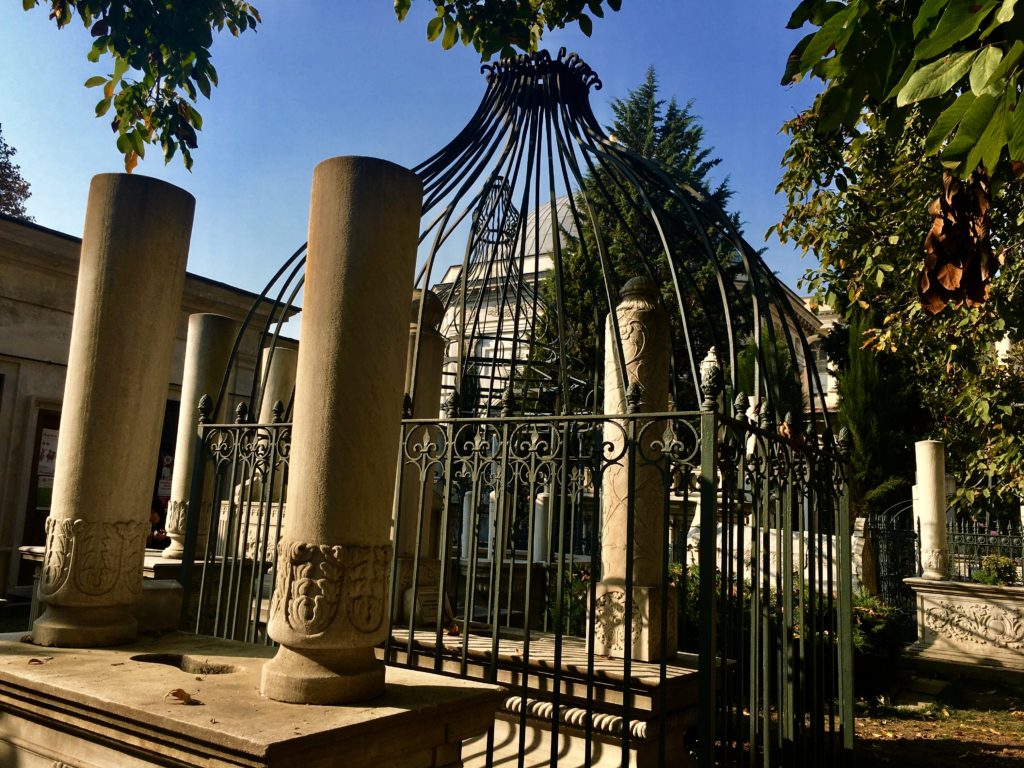
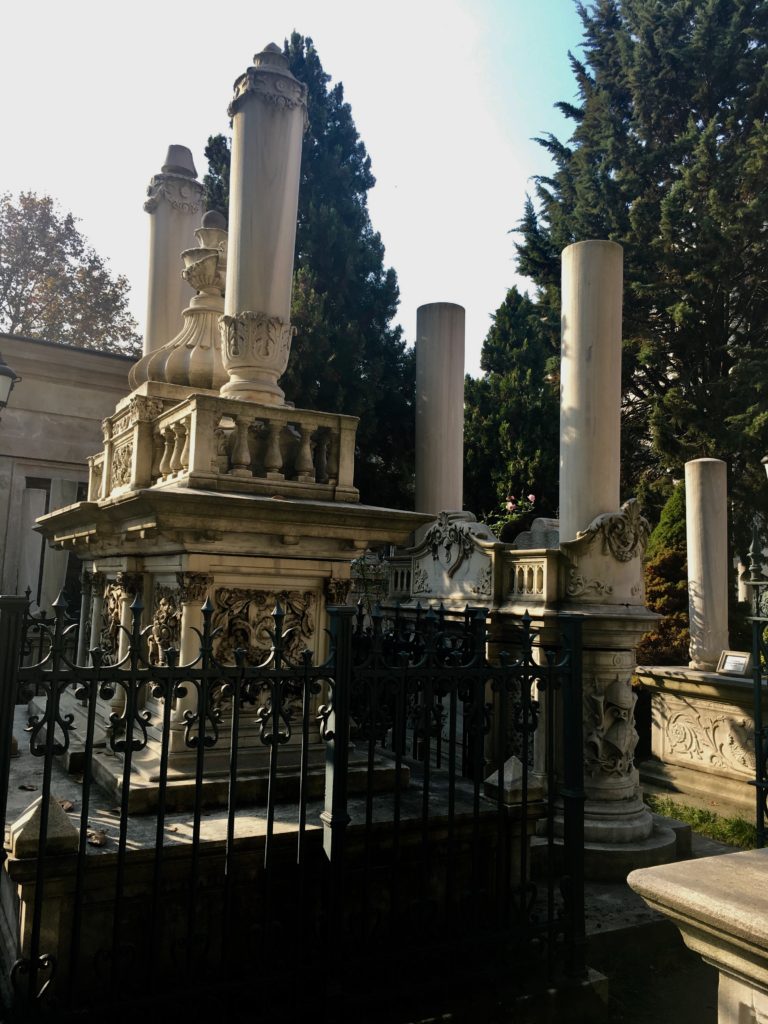
This small cemetery amid the hubbub of the Old City hosts some of the most beautiful examples of Ottoman gravestones and sarcophagi. Roaming among them gives you the impression of being immersed into a surreal world. Take your time and try to decipher the messages that are delivered through the amazing art of Ottoman stonemasonry…
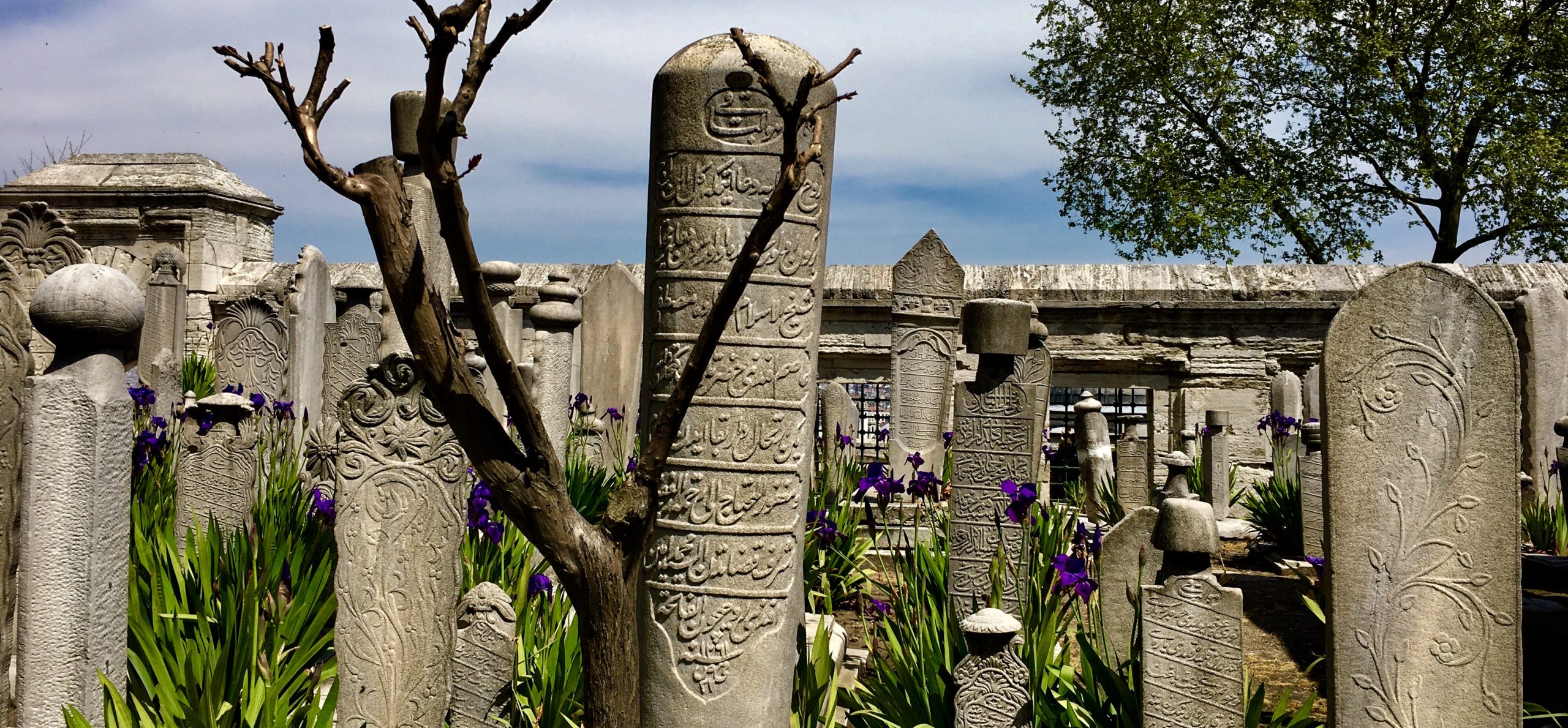
Dear Ulgen, Thank you for going to so much trouble to research and explain the meanings of the symbols on gravestones in Istanbul and give the history of the Sultan Mahmut cemetery in Sultanahmet. It is really fascinating. Lisa Morrow
Dear Lisa, Thank you for sparing the time and reading it. I am happy you found it interesting. Ulgen Ozgul